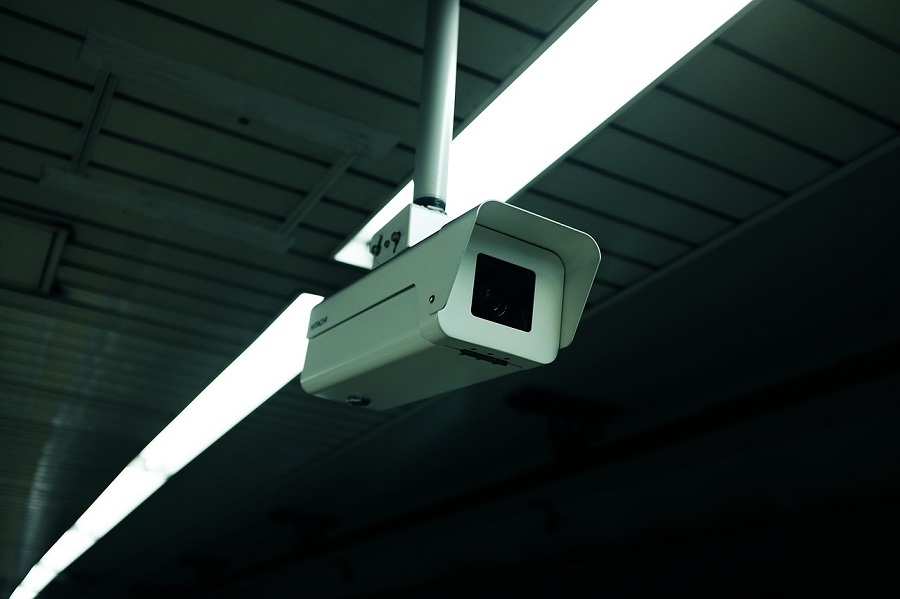4 Surveillance Cameras Ideal for Boosting School Security
Here’s what Rio Grande Valley schools need for a stronger school security system

No one wants to experience the nightmare of a shooting or other emergency at a school, but it’s a concern that school administrators need to address. Preparing for the worst makes it easier to respond quickly and effectively, and it reassures students, parents and staff that you took the issue seriously.
An essential element of any worthwhile security systems is surveillance cameras. But you aren’t a security expert; that’s not your job. Not to worry; we at ASAP Security Services have put together this guide to walk education administrators through the basics of choosing cameras for their school security systems. Here are four baseline camera types schools in Rio Grande Valley, Texas can install in their buildings.
SEE ALSO: How to Improve Your School’s Access Control for Greater Security
-
BULLET CAMERAS
Bullet cameras, colloquially known as “lipstick cameras,” get their nickname from their thin, cylindrical design. Their tiny size makes bullet cameras well-suited for both indoor and outdoor applications; wherever you need a little extra camera coverage, drop one of these.
In terms of drawbacks, the biggest problems with bullet cameras are their minimal mobility and limited field of view. Because most bullet cameras can’t be adjusted remotely, you can only see whatever is directly in front of the lens. Bullet cameras also have a narrow field of view, so you may need several units to cover hallways or parking lots.
-
DOME CAMERAS
Dome cameras, like bullet cameras, also got their name from their signature shape. The lens, camera and housing are held in a dome-shaped module installed on the ceiling or wall. Dome cameras also work exceptionally well in both outdoor and indoor environments. If you’re concerned about vandalism, you can buy models with a layer of protective casing for added durability.
Because it’s tricky to see what a dome camera is looking at from a distance, they’re particularly useful as outdoor security deterrents. Dome cameras also have a wider viewing angle compared with bullet cameras, so you’ll capture more on footage.
-
PAN-TILT-ZOOM CAMERAS
What separates pan-tilt-zoom (PTZ) cameras from dome and bullet models are their wide range of movement and the ability to remotely manipulate the camera’s movements. Specifically, you can move the camera body horizontally (pan), vertically (tilt) and zoom in or out for greater detail from your tablet or phone.
PTZ cameras are significantly more expensive than other surveillance cameras, but there’s a lot that comes with the extra expense. PTZ cameras don’t have to be fixed to a single viewpoint, so they can sweep back and forth to give you broader coverage around the school. Many PTZ cameras come with autofocus as well, so they’ll zoom in when someone enters the field of view. Your PTZ cameras can also ping you if they detect someone after hours, which helps you act more quickly.
-
WIRELESS IP CAMERAS
If you need a small, discreet camera in a spot where installation may be tricky, a wireless IP camera is your best bet. Wireless IP cameras transmit data over your Wi-Fi network, creating an easy-to-access video feed from any location. Depending on the specific model, some wireless IP cameras are equipped with motion detection, tilt and swivel capabilities, or a night vision mode.
One key detail to remember: Not all wireless IP cameras are genuinely “wireless.” Even if the camera transmits data wirelessly, it may still require a power cord. For a fully wireless option in your school, look for battery-powered IP cameras.
Don’t wait to bring the latest surveillance technology to your school. To find out more about our school security systems, call us at (877) 418-ASAP or fill out our online contact sheet. You can also leave a message in the chat box in the corner of your browser.